This article about the Royal Air Force, which was founded on April 1, 1918, first appeared in the Fall 2018 issue of Providence’s print edition.
My German teacher’s mouth was hanging open. He’d just been telling us about the Berlin Airlift in 1948–49, during which the West flew in urgent supplies to the beleaguered city in response to a Soviet blockade. He had only mentioned American efforts, so I raised my hand and contradicted him. “No,” I said, “the British were involved, too.” He looked incredulous. “Why do you think that?” he asked. I replied, “Because my father’s brother, James, was in charge of Royal Air Force operations out of Lübeck.” That, in 1996, was the first he’d ever heard of British involvement.
For sure, the US Air Force bore the brunt of the operation, delivering 73.7 percent of the remarkable total of 2,325,809 tons of supplies. Nevertheless, the RAF transported 240,000 tons of food, not far short of the Americans’ 296,000 tons.[i] And there was this important difference: the British themselves were still surviving on rations (as they were until 1955, the year I was born). I don’t suppose that warm sentiment toward the Germans motivated all of the British airmen. After all, only a few years before, many of the airmen would have been flying bombing sorties over Germany, in which 55,000 of their comrades—almost one in every two—had been killed. But if we think of love less in terms of warm, subjective sentiment and more in terms of hard, objective commitment and action, then it makes sense to view the RAF’s airlift (together with the USAF’s) as a magnanimous expression of love by victors toward their recently defeated enemy.
In this centenary when we commemorate the creation of the RAF in 1918, the legendary heroism of “the Few” during the Battle of Britain springs to mind, of course. This was when, for four long and desperate months from early July to late October 1940, just under 3,000 fighter pilots prevented the Luftwaffe from gaining control of the skies over southeast England, and so from opening the way for invasion across the English Channel. The early phases of the battle saw mere handfuls of fighters throw themselves against hundreds of German bombers. Without their victory, Hitler’s military would have probably overwhelmed Britain’s resistance, and America’s subsequent struggle would have been immeasurably more difficult. Fighting for Europe from England proved hazardous enough in 1944; trying to retake it from the far side of the Atlantic would have been almost impossible. Hence Winston Churchill’s famous remark, “Never in the field of human conflict was so much owed by so many to so few.”
Uncle Jim was one of them, which I discovered only last year, decades after his and my father’s deaths. (Families sometimes keep very odd secrets.) Jim, of course, was British (or, to be as precise as he’d have been, Scottish), but 20 percent of the Few were not. They included 145 Poles, 127 New Zealanders, 112 Canadians, 88 Czechoslovaks, 32 Australians, 28 Belgians, 25 South Africans, 13 French, 11 Irish—and 9 Americans.
Since World War II, the RAF has seen active service in Korea (1950–53), the Falkland Islands (1982), the Gulf War (1990–91), Iraq (2003), Afghanistan (2001–16), and, most recently, Syria. Although its global reach is not what it was at the height of the British Empire, it still retains overseas bases in Gibraltar, Cyprus, Ascension Island in the middle of the South Atlantic, and yet further south in the Falklands. And in the past 15 years, it has been on contingency operations in no fewer than 30 countries.
In the past 100 years then, the Royal Air Force has made a vital contribution to the military defense of the West. That is well known. Less well known is its contribution to the classics of combat literature. Here I have in mind Richard Hillary’s The Last Enemy, which first appeared in 1942 and was just republished by Penguin Books as one of six volumes to mark the centenary.[ii] An Australian, Hillary was a student at Oxford when war broke out in 1939. As a member of the RAF Volunteer Reserve, he was immediately called up. Joining the Few, he flew Spitfires in the Battle of Britain before being shot down and terribly burned. He underwent several operations by the famous plastic surgeon Archibald McIndoe. After an agonizingly slow recovery, he pleaded to be allowed to return to flying and eventually got his way. A few months later, his plane crashed during a night training operation, and he was killed at the age of 23.
Yet his name has survived his death 75 years ago. That’s because, while convalescing, he decided to write an account of his wartime experience. Most of it he drafted in New York City, where he’d been sent in 1941 to rally American support. Naturally, the result was a story of comradeship and combat, but it was more than just that. It also contained moral and spiritual reflection upon the reasons for fighting, in the form of a dialogue between Hillary, who presents himself as a rather cynical, left-wing agnostic, and his friend Peter Pease, a socially conservative Englishman inspired by Christian ideals. The book ends literally at its beginning, with Hillary in a hospital, wondering what on earth to do with himself. The concluding paragraph runs as follows:
But I! What could I do now? After a while it came to me. I could write. Later there would be other things, but now I could write. If I could tell a little of the lives of these men, I would have justified, at least in some measure, my right to fellowship with the dead, and to the friendship of those with courage and steadfastness who were still living and who would go on fighting until the ideals for which their comrades had died were stamped for ever on the future of civilization.[iii]
It seems, then, that his Christian friend’s idealism had won over Hillary before he died. His choice of the book’s title confirms this appearance. For beneath it, on the title page, runs a quotation from St. Paul’s First Epistle to the Corinthians 15:26: “The last enemy that shall be destroyed is death.”
May God be thanked for Richard Hillary, his comrades
past and present, and the Royal Air Force!
[i] Barry Turner, The Berlin Airlift (London: Icon, 2017), appendix.
[ii] Richard Hillary, The Last Enemy, Centenary Collection(London: Penguin, 2018). It was published in the US under the title Falling Through Space.
[iii] Hillary, Last Enemy, 178.
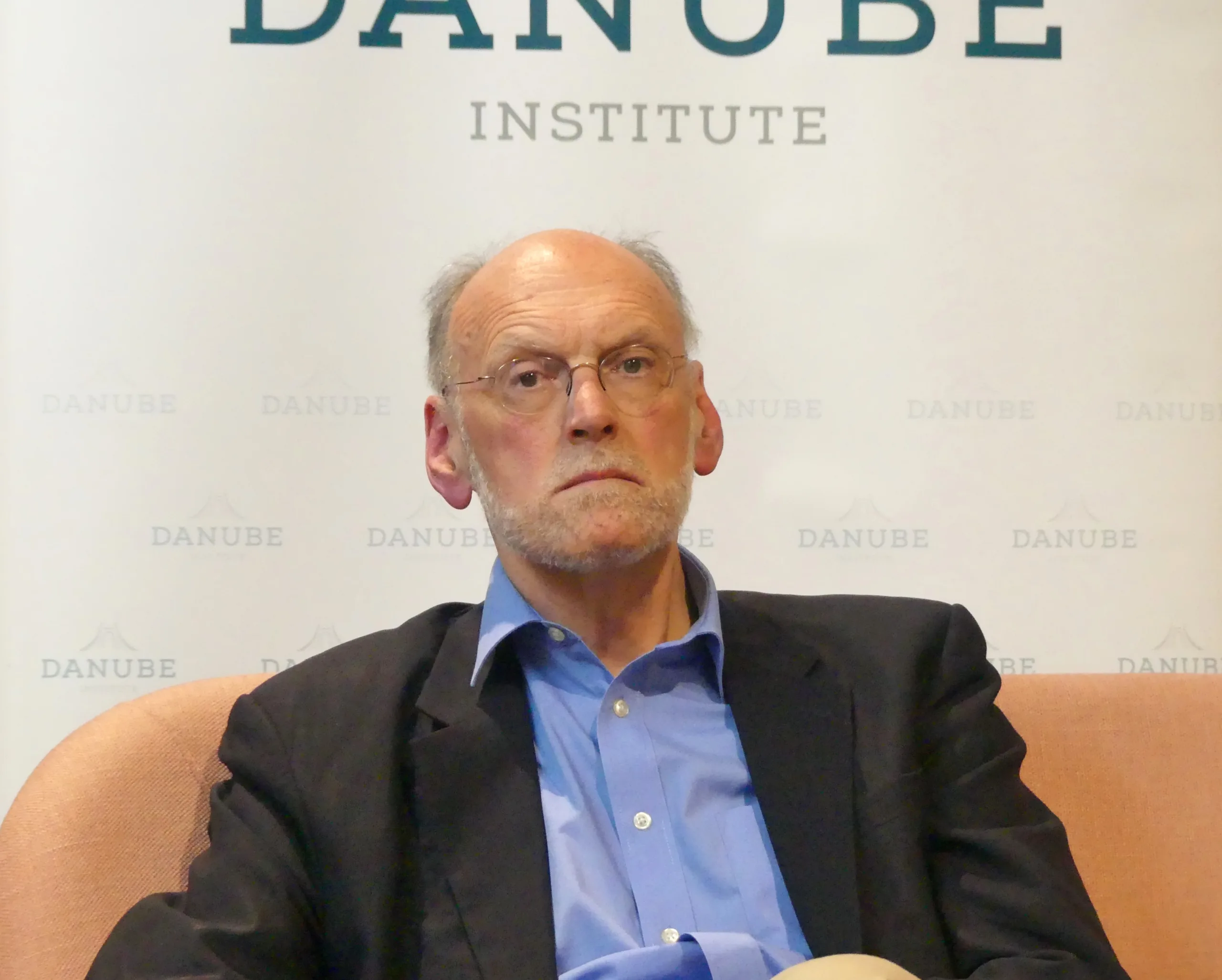

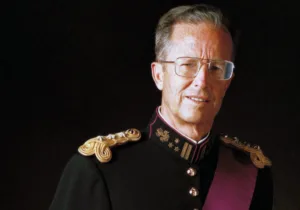
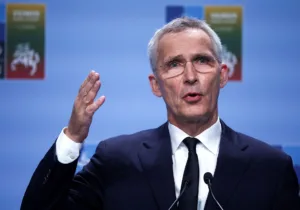
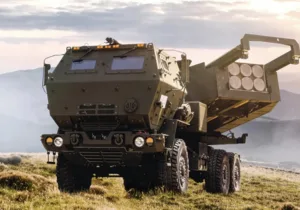
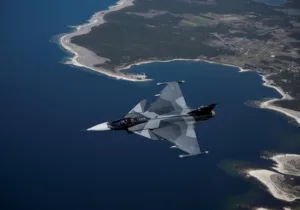

 Sponsor a student for Christianity & National Security 2024
Sponsor a student for Christianity & National Security 2024